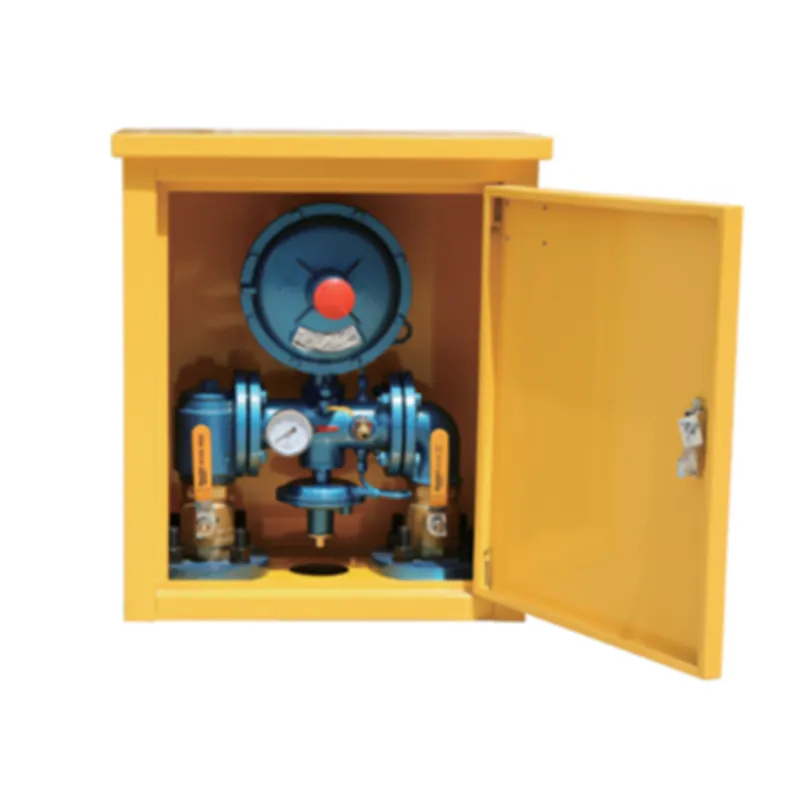
Nov . 18, 2024 17:29
Back to list
pressure vessel
Understanding Pressure Vessels Design, Applications, and Safety Considerations
Pressure vessels are integral components used in various industries, designed to hold gases or liquids at significantly different pressures from the ambient environment. Their importance spans across chemical, oil and gas, power generation, food processing, and many other sectors. The design, construction, and maintenance of pressure vessels are crucial, given the potential hazards they pose.
What is a Pressure Vessel?
A pressure vessel is a container that holds gases or liquids at a pressure substantially different from the ambient pressure. According to international standards, a pressure vessel is generally defined as a container that can withstand pressure greater than 0.5 bar (approximately 7.25 psi) above atmospheric pressure. The primary functions of pressure vessels include the storage, transportation, and processing of substances in a safe and efficient manner.
Design and Materials
The design of a pressure vessel involves several critical principles governed by mechanical engineering and material science. The materials used to construct a pressure vessel must withstand high pressures, temperatures, and potential corrosive environments. Common materials include carbon steel, stainless steel, and alloys. The selection of material is influenced by the type of fluid contained, temperature, pressure, and potential exposure to corrosive substances.
Design considerations include wall thickness, shape, and support structures. The most common shapes are cylindrical and spherical; these geometries efficiently distribute stress. Engineers utilize the ASME (American Society of Mechanical Engineers) Boiler and Pressure Vessel Code, which outlines standards for design, materials, fabrication, testing, and inspection.
Applications
Pressure vessels are ubiquitous in various applications. In the chemical industry, they are used to store and process hazardous chemicals under pressure. In natural gas processing and transportation, pressure vessels facilitate the storage of compressed gases. Power plants utilize pressure vessels in steam generation, where water is heated under pressure to produce steam that drives turbines. Additionally, in the food and beverage industry, pressure vessels are used in processes like pasteurization and sterilization, ensuring product safety.
pressure vessel

Safety and Regulations
Given that pressure vessels operate under high pressure, they are subject to stringent safety regulations. The failure of a pressure vessel can lead to catastrophic incidents, including explosions or leaks, which pose significant risks to life, property, and the environment. To mitigate these risks, regular inspections, maintenance, and safety checks are mandated.
Pressure vessels must undergo rigorous testing before being put into operation. Common tests include hydrostatic tests, where the vessel is filled with water to test its integrity and leak-tightness. Non-destructive testing methods, such as ultrasonic or radiographic inspections, are also employed to detect any material flaws.
Each country has its regulatory framework for pressure vessels. For instance, the European Union adheres to the Pressure Equipment Directive (PED), while in the United States, the ASME code plays a significant role. Compliance with these regulations not only ensures safety but also extends the lifespan of the pressure vessel.
Future Innovations
As industries evolve, so do the technologies pertaining to pressure vessels. Innovations in material science, such as the development of high-strength alloys and composite materials, are enhancing the durability and efficiency of pressure vessels. Moreover, advancements in monitoring technologies, such as Internet of Things (IoT) sensors, enable real-time monitoring of pressure and temperature, improving predictive maintenance practices.
The move towards sustainable practices is also influencing the design of pressure vessels. Industries are increasingly focusing on reducing energy consumption and emissions associated with pressure vessels, driving the research and development of more efficient designs.
Conclusion
In summary, pressure vessels play a pivotal role in various industrial operations, carrying inherent risks that necessitate stringent design, testing, and safety protocols. As technology advances, the field of pressure vessels continues to evolve, emphasizing safety, efficiency, and sustainability. Understanding the fundamentals of pressure vessels is essential for engineers, safety experts, and industry professionals alike, ensuring that these vital components perform safely and efficiently in endless applications.
Latest news
-
Safety Valve Spring-Loaded Design Overpressure ProtectionNewsJul.25,2025
-
Precision Voltage Regulator AC5 Accuracy Grade PerformanceNewsJul.25,2025
-
Natural Gas Pressure Regulating Skid Industrial Pipeline ApplicationsNewsJul.25,2025
-
Natural Gas Filter Stainless Steel Mesh Element DesignNewsJul.25,2025
-
Gas Pressure Regulator Valve Direct-Acting Spring-Loaded DesignNewsJul.25,2025
-
Decompression Equipment Multi-Stage Heat Exchange System DesignNewsJul.25,2025

